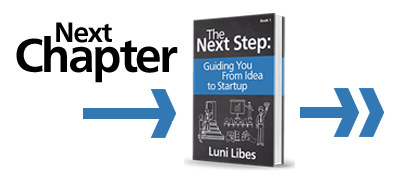Often the best plans are those that you throw away.
After you have iterated a few times through all the questions of the first section of this guide, you should have some confidence in your plan. And as you start executing that plan, you should be expecting yet more iterations to occur.
Remember, all that you can be sure of from this process is that your plan is wrong. You just don’t know where it is wrong, and thus as Eric Reis’s Lean Startup teaches, you need to keep measuring and testing to find alternatives.
One tool I’ve found to help find alternative plans comes from Alexander Osterwalder’s book, Business Model Generation. Here he introduced his Business Model Canvas to the world.
The Canvas is a visual language for describing a business model, i.e., a description of how customers interact with your business, how they pay for the product/service, and what is needed by your company to deliver that product or service. This is a different way to describe a business from the problem/customer/solution framework described in the first portion of this book.
The Canvas divides the business model into nine blocks. By filling out those blocks, entrepreneurs succinctly describe the details of their business model.
I use the Canvas when teaching to help entrepreneurs look for overlooked alternatives in their plan. I have also augmented the Canvas to make it a visual language for describing the whole business plan, not just the core business model.











